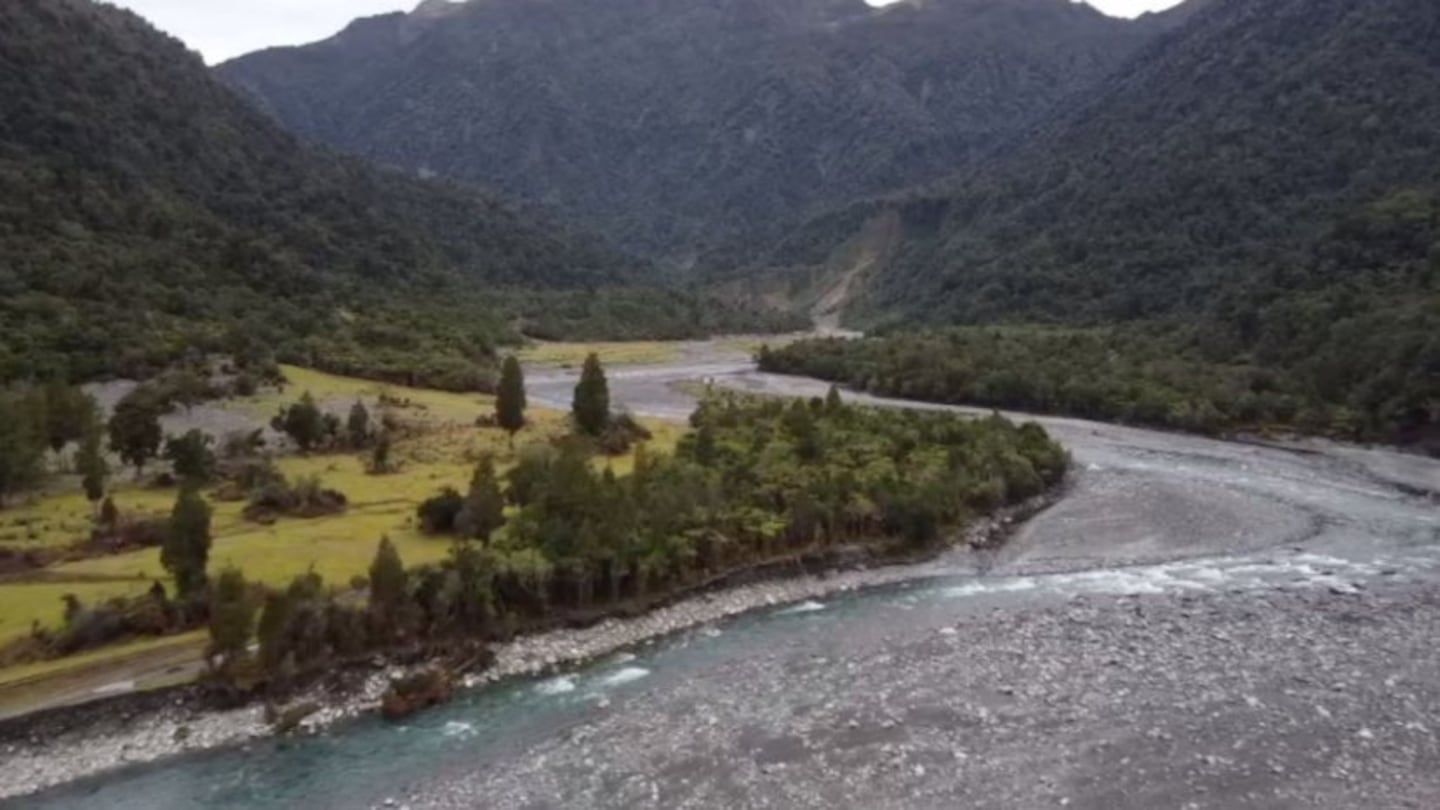Ngāi Tahu is mourning the loss of one of its great leaders of Poutini Ngāi Tahu, Maika Mason (Ngāti Waewae, Ngāi Tahu) who was farewelled today at the Hokitika Seaview Cemetery.
Te Rūnanga o Ngāi Tahu kaiwhakahaere Lisa Tumahai said Mason made a considerable contribution at both an iwi and regional level, “He was a renowned expert on the Arahura River and pounamu. Mason was integral to the successful return of pounamu to the iwi as part of the earliest stages of the Ngāi Tahu settlement.
“Our thoughts are with the Mason whānau, particularly Ngaire, their children, mokopuna and great-mokopuna.”
Born in Hokitika, Mason was one of three children of Henry Mason and Ilma Markland-Tulloch. Although the whānau grew up at Hokitika, Maika’s childhood strongly focused on the Arahura River.
Arahura his home
Henry was a renowned expert on pounamu and as soon as Maika could ride a bike, he accompanied his father on trips to the Arahura where Maika was captivated by the large pounamu boulders. By the age of 18, Maika had walked the entire length of the Arahura, right up to its source below Nōti Raureka.
In 1957, Maika left the West Coast to begin a career as a technical trainee in the New Zealand Forest Service. The chance to explore the rest of New Zealand and get into the bush and the high county was hugely exciting for Maika.
In 1962, he married Ngaire and they had seven children. Despite living away and developing an impressive career in the Forest Service, Maika regularly returned home to Arahura, where he would make a beeline for the river.
Near-photographic memory
Maika developed a masterly command of several areas of Ngāi Tahu traditional history, especially that of his beloved Te Tai Poutini. He had the gift of a near-photographic memory for whakapapa and he blended that with a diligent pursuit of the associated history. This was memorably displayed in his extensive evidence during the Mahinapua Whitebait case.
In 1983, Maika followed in his father’s footsteps in being elected onto the Māwhera Incorporation, which is responsible for managing specific Māori reserve lands on Te Tai Poutini which, by that time, included the bed of the Arahura River. Maika was elected its chairman in 1988.
During the Waitangi Tribunal hearings of Te Kerēme, Maika was the leading authority on the Ngāi Tahu history, traditions and values associated with pounamu.
Important contribitions
His evidence heavily contributed to pounamu within the Ngāi Tahu takiwā being returned to the iwi as part of the Ngāi Tahu settlement. As part of the settlement package, pounamu in the Arahura River was vested in the Māwhera Incorporation.
Maika returned to Arahura in the 1990s where he carried out several more important roles, including being the inaugural Ngāti Waewae representative on Te Rūnanga o Ngāi Tahu (1996 – 2001) and being both a director and chair of Ngāi Tahu Holdings. During this time, Maika also worked for the Department of Conservation as the kaupapa atawhai manager in the Canterbury region.
Alongside the late Russell Beck, Maika undertook an extensive project cataloguing all pounamu taonga with Ngāi Tahu provenance held in New Zealand institutions, and photographing the major pounamu sources within Te Waipounamu. He also supported the pounamu and Te Tai Poutini aspects of the Aoraki Bound programme.
In more recent times, Maika lived in Rotorua with the support of his whānau.

